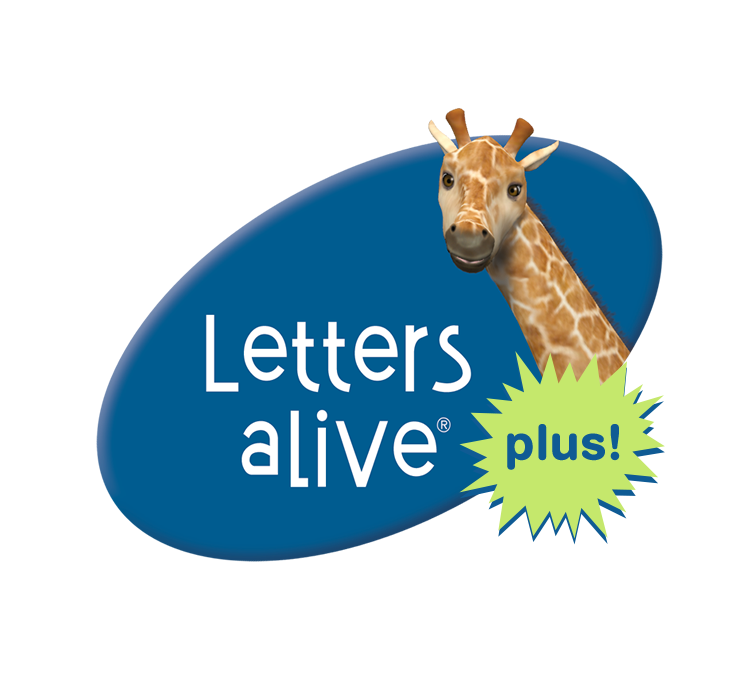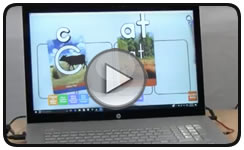Games that require putting pieces on a structure - or taking them off - are easy, motivating, and fun. In therapy, they can also lead to competition that takes focus off speech and language goals. Keep reading to find out how to use these games while running effective therapy groups.
Games like
Monkeying Around,
Yeti in My Spaghetti,
Don't Spill the Beans,
Don't Break the Ice, and many more, are easy to find, affordable and engaging. This cooperative method will work with any game that involves balance through either adding or taking away game parts.
Let's talk about Monkeying Around.
The object of this game is to put on all the monkeys without making the magnetic tree canopy fall down. If it does, the hungry alligator gets to eat the monkeys!
It's cute, it's fun, so what's the problem? Students start focusing on who makes the tree fall. And see the little spinner in the yellow circle? They get upset if a friend spins 3 and they spin a 1. The cries of "No fair!" start. And then behavior management. And speech and language goals get stuffed into a few minutes of precious therapy time.
Here's my solution:
* Don't use the spinner. Everyone gets 1 monkey per turn. No one focuses on who spun a 3 and who spun a 1.
* Because students are not focusing on the spinner, they can look through their stimulus cards or write words on their homework pages.
* Set a team goal, for example, the group has to work together to get 12 monkeys on the tree without it falling before getting
a smelly smiley.
Lather, rinse, and repeat for any game that requires balance.
What about games that take away, like Don't Break the Ice? I also set a team goal for those. For example, I may require that students work until each student has 4 blocks. If all the blocks fall before that, they all go back into the tray.
The same result happens - students work together, don't blame the poor person who has to hit the ice cube that will make everything drop, and they can pay attention to what's going on while also working on homework pages between turns.
Be sure to check out
How to Turn Board Games into Cooperative Games for more tips. And be sure to check back for more types of cooperative games.













